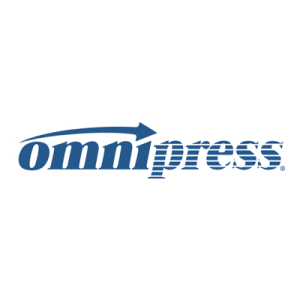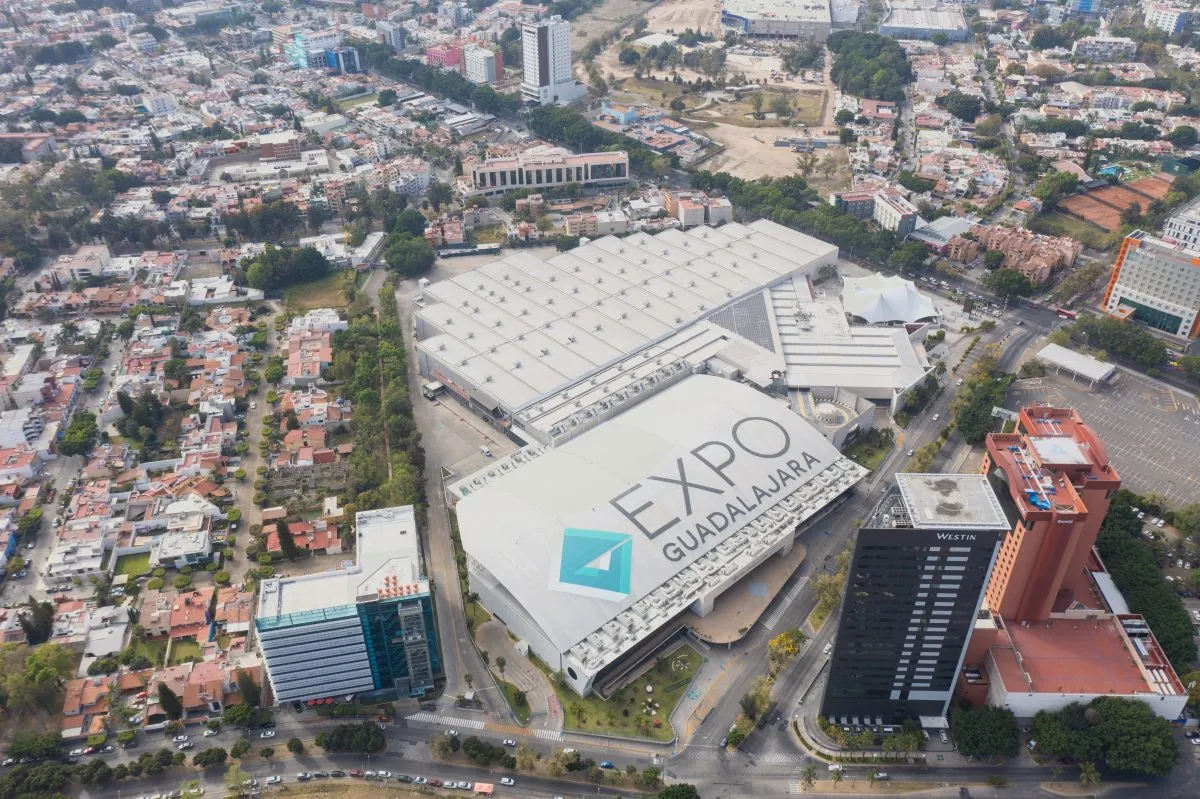3 Ways to Create an Afterlife for Your Conference


Skift Take
This is a sponsored post written by Tracy Grzybowski, Director of Marketing at Omnipress. More information about Event Manager Blog’s sponsored posts.
Omnipress conducts an annual online survey of event and association professionals to shed light on how they are currently using their conference content, and the challenges they face in doing so. The results of this survey are published in their annual State of the Conference Industry Report. Each year, a large majority of conference planners—72% in 2017—indicate that education is the primary benefit their conference provides to members. These same event professionals spend a tremendous amount of time and resources sourcing and selecting only the highest-quality content for their event sessions. But surprisingly, the conference is often the only exposure attendees get to this extremely valuable resource: 45% of respondents claim they do not re-use their conference content for any purpose.
Most meeting planners would agree that two major goals of any conference are to facilitate long-term learning that “sticks” for attendees, and to increase attendance year over year. By not providing access to the educational content beyond the conference, achieving either of these goals becomes more difficult.
##abovethefold##
Benefits of Post-Event Content Sharing
Increase Learning Retention To Increase Attendee Retention
According to the research behind the Forgetting Curve, developed by German psychologist Hermann Ebbinghaus, without any extra effort or reinforcement, more than 50% of what we learn at a conference is forgotten within an hour, and 80% by the end of the month. To make sure your attendees get the most out of their conference experience, it’s important to serve-up ongoing reinforcement of key learning concepts throughout the year. By delivering a higher perceived ROI both during and after the conference, the likelihood that attendees will return the following year increases substantially.
Increase Attendance By Creating FOMO (Fear of Missing Out)
53% of meeting planners surveyed cite to “increase attendance” is their #1 goal for their annual conference. One of the most effective ways to achieve this is to go beyond telling people why they should attend your event, and start showing them. Let prospective attendees get a sense of what your conference is all about by sharing more than just past session descriptions. Make your educational content three-dimensional by serving it up in bite-sized portions across a variety of marketing channels. Even better, use the power of FOMO to drive attendance by leveraging the voices (and social clout) of your presenters and your loyal attendees.
Overcoming Internal Barriers
If creating a plan to leverage educational content well beyond the conference is so important and beneficial, why aren’t more organizations doing it? Because there are a number of internal obstacles that make it a challenging proposition. Particularly for meeting planners who are racing against the clock to plan next year’s conference shortly after this year’s closing remarks.
Many organizations are structured in a very silo’d fashion. The meeting planner is focused on specific events while the marketing team is more interested in organizational-wide strategies. But the marketing and events teams, in reality, should have a very symbiotic relationship. The event team needs marketing to help increase visibility and generate interest. Meanwhile, the marketing team is clamoring for more content to activate an effective content marketing strategy on behalf of the entire organization.
To work together more seamlessly, both teams should start by discussing organizational priorities and market needs. Chances are, there will be numerous points throughout the year when the interests of both teams are aligned. Use this to your advantage. Capture these intersections within a content calendar—something both teams can use to create a joint content marketing plan. Keeping the communication free-flowing between both teams during the execution of the plan is extremely important. Many organizations have done this successfully by designating one point of contact from each team to manage the plan and report back on changes, updates and results.
Turning Session Presentations into Marketing Content
Using a content marketing strategy to continue the learning for current attendees and generate interest among new attendees needs to go well beyond providing a link to the session PowerPoint, handouts or video recording. Your content needs to be served up in a way that generates active engagement and discussion, and packaged in a format so that it can be easily distributed through your organization’s existing marketing channels: social media, email, website or blog, etc. While this may sound daunting, it can be done relatively easily using your existing resources with a little pre-planning. Here are three examples of how to do this.
-
Leverage Your Most Popular Speakers
Using the results of your post-conference surveys, extend an invitation to your most popular speakers to participate in a follow-up discussion on his or her presented topic. This discussion can take the form of a video (done in-person or recorded virtually using a tool such as Skype or GoToMeeting) or a written article. Break up a longer interview into a series of smaller discussions and promote as a series.
Bonus tip: Schedule a live online event via Skype, Google Hangout or Facebook Live to give attendees a chance to ask the speaker follow-up questions and engage in an interactive discussion.
-
Leverage Your Attendees
Recruit a handful of your most engaged attendees during the conference. If you use a mobile app with a social wall, they will be easy to identify. Plan a series of interview-based articles that highlight how they and their organizations are putting the learning they gained at the conference into practice. This will not only demonstrate a tangible value among prospects, but will provide additional peer-to-peer connection opportunities your attendees crave.
Bonus tip: Create an ongoing online community or discussion group to continue the conversation in real-time.
-
Use FOMO (Fear of Missing Out) To Your Advantage
During the conference, plan ahead to curate your best session and speakers, to use as permission-based video-on-demand. With this, you can also include interview sound bites from attendees that are captured during the event (similar to how movie promos often work today). You can then market this content exclusively to prospective attendees, gating the content with a very simple online form to capture their information so you can add them to your event marketing program. You can also provide an exclusive invitation to other content, such as the live online event (mentioned in idea #1) or the online community (mentioned in idea #2).
In Conclusion
The educational content developed for your conferences and events is one of the most valuable assets your organization owns. Unfortunately, 45% of meeting planners are not using this content to its full potential after the conference to continue the learning and attract new audiences for a variety of reasons. Lack of time, resources and, most importantly, internal obstacles make it seemingly difficult to achieve. But it doesn’t have to be an all-or-nothing proposition. Start small, and focus on just one or two tactics to start. With just a bit of internal collaboration, coordination and some pre-planning, even the most time-crunched event team can find ways to give their conference content an afterlife.




